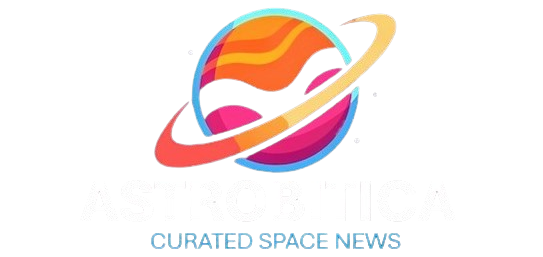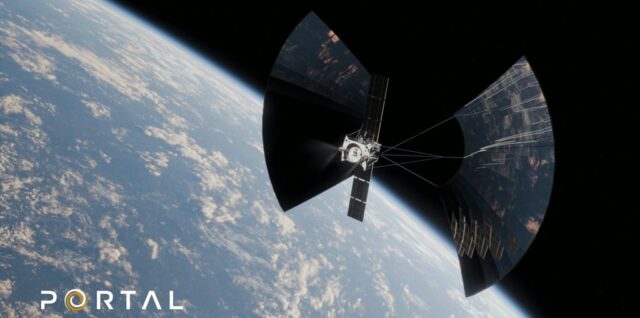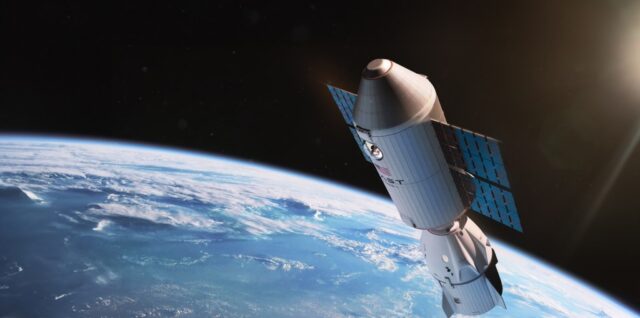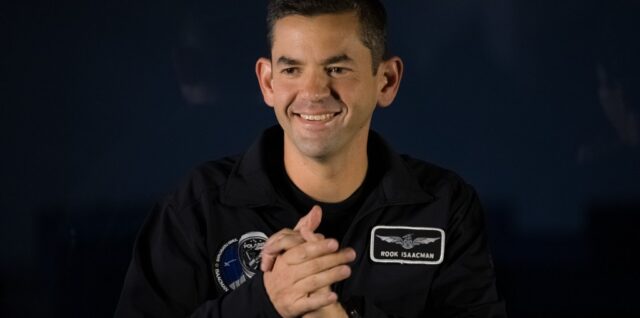Author Archives: Astrobitica
Dark energy may not be constant—this discovery could undermine our entire model of cosmological history
Frontgrade Gaisler and wolfSSL Collaborate to Enhance Cybersecurity in Space Applications

Gothenburg, Sweden (April 3, 2025) – Frontgrade Gaisler, a leading provider of radiation-hardened microprocessors for space missions, and wolfSSL, a renowned provider of embedded security solutions, are pleased to announce […] The post Frontgrade Gaisler and wolfSSL Collaborate to Enhance Cybersecurity in Space Applications appeared first on SpaceNews.
Solar cells made of moon dust could power future space exploration

The same dirt that clings to astronauts’ boots may one day keep their lights on. In a study published in Device, researchers created solar cells made out of simulated moon dust. The cells convert sunlight into energy efficiently, withstand radiation damage, and mitigate the need for transporting heavy materials into space, offering a potential solution to one of space exploration’s biggest challenges: reliable energy sources.
Moon dust may help astronauts power sustainable lunar cities. Here’s how.
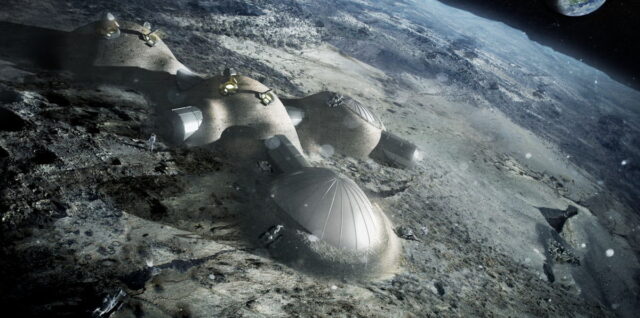
Constructing solar arrays out of moon dust would reduce launch costs and make lunar bases more plausible, according to a new study. Continue ReadingMoon dust may help astronauts power sustainable lunar cities. Here’s how.
Megaroc: The British manned space program that almost was
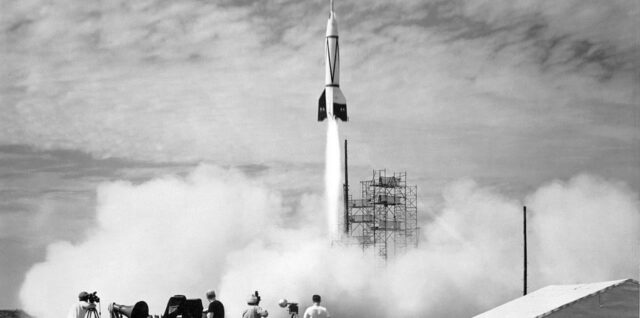
As World War II drew to a close, the Allies were eager to get their hands on one of the most technologically amazing yet terrifying weapons in Nazi Germany’s armamentarium: the V-2 rocket. A long-range, liquid-fueled supersonic guided missile, the V-2 could carry a 2,000-pound (910 kilograms) warhead a staggering 200 miles (320 kilometers) fromContinue reading “Megaroc: The British manned space program that almost was” The post Megaroc: The British manned space program that almost was appeared first on Astronomy Magazine. Continue ReadingMegaroc: The British manned space program that almost was
A novel approach to assess sources and spatial-temporal variations of atmospheric mercury

A research team, led by Professor Sung-Deuk Choi from the Department of Civil, Urban, Earth, and Environmental Engineering at UNIST, has developed a novel assessment technique to accurately identify the sources and spatial-temporal distribution of atmospheric mercury. The study has been published in the Journal of Hazardous Materials.
China expands counterspace capabilities, new report finds
How a ‘mudball’ meteorite survived space to land in the jungles of Central America
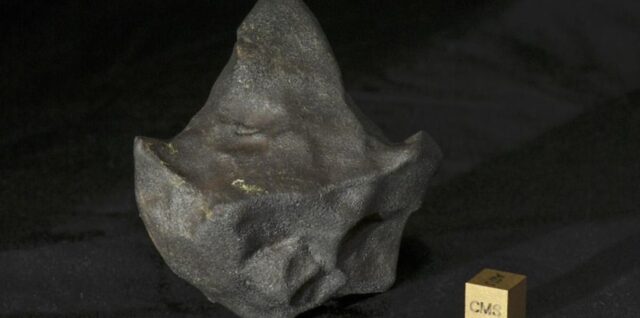
A fall of rare meteorites in Costa Rica has revealed new details about a similar space rock that fell in Australia 50 years earlier. Continue ReadingHow a ‘mudball’ meteorite survived space to land in the jungles of Central America
CSF President Dave Cavossa Testifies Before the U.S.-China Economic and Security Review Commission

April 3, 2025 – Washington, DC — Dave Cavossa, President of the Commercial Space Federation (CSF), joined U.S. Space Force Chief, General Chance Saltzman, and other experts today to testify […] The post CSF President Dave Cavossa Testifies Before the U.S.-China Economic and Security Review Commission appeared first on SpaceNews.
Portal Space Systems raises $17.5 million for highly maneuverable Supernova spacecraft
Vast signs agreement to test Haven-1 at NASA facility
Solar wind compresses Jupiter’s magnetosphere, creating a hot region spanning half the planet’s circumference
Powerful solar winds squish Jupiter’s magnetic field ‘like a giant squash ball’
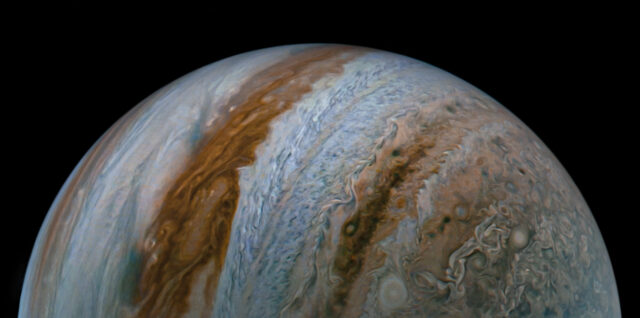
A massive solar windstorm in 2017 compressed Jupiter’s magnetosphere “like a giant squash ball,” a new study reports. Continue ReadingPowerful solar winds squish Jupiter’s magnetic field ‘like a giant squash ball’
Moog Highlights Meteor Satellite Bus at Space Symposium

Colorado Springs, CO – Moog Inc. (NYSE: MOG.A and MOG.B), a worldwide designer, manufacturer, and systems integrator of high-performance precision motion and fluid control systems, will highlight its line of […] The post Moog Highlights Meteor Satellite Bus at Space Symposium appeared first on SpaceNews.
NASA proves its electric moon dust shield works on the lunar surface
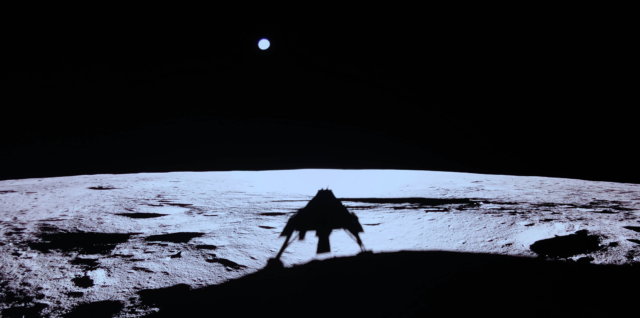
New NASA shielding technology that protects against damaging lunar dust just passed a trial run on the moon, marking an important milestone in the agency’s lunar aspirations. Continue ReadingNASA proves its electric moon dust shield works on the lunar surface
Russia, China target SpaceX’s Starlink in escalating space electronic warfare
What’s the difference between a young exoplanet and an old one?
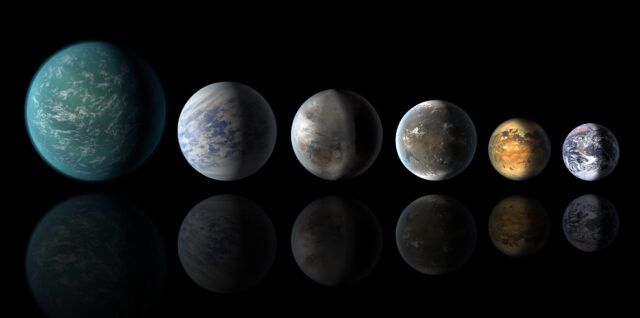
A new study compares young and old exoplanets to uncover how worlds shrink, migrate and evolve over time — offering insights into long-standing astronomical mysteries like the “hot Neptune desert” and the “radius valley.” Continue ReadingWhat’s the difference between a young exoplanet and an old one?
Secretive Russian military satellites release mystery object into orbit
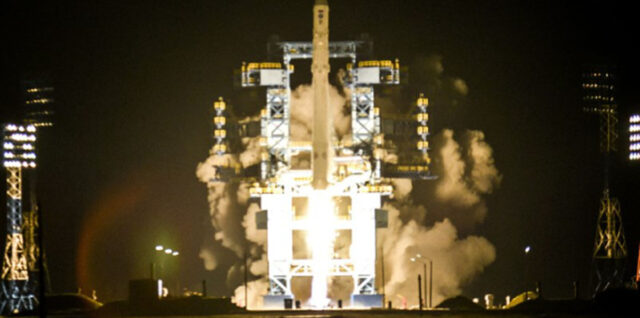
A trio of secretive Russian satellites launched earlier this year has released a mysterious object into orbit, sparking interest among space trackers and analysts. Continue ReadingSecretive Russian military satellites release mystery object into orbit
